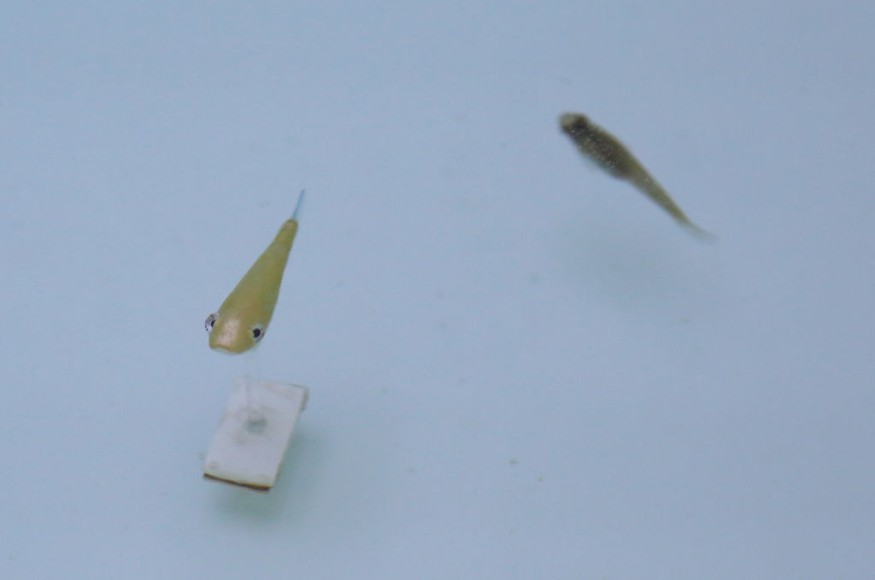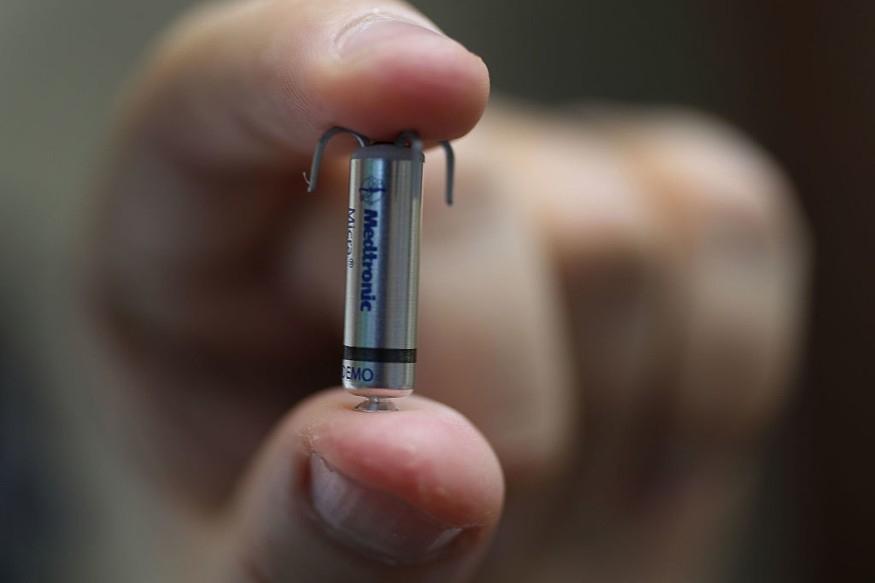Scientists have created a swarm of robotic fish that operate through human heart cells.
The self-swimming fish demonstrated how a lab-grown heart tissue can be engineered to maintain a rhythmic rhythm indefinitely.
The team reported the findings in the journal Science.
Biohybrid systems have been developed to better understand the design principles and coordination mechanisms of biological systems.
What lies behind the biohybrid fish

Kit Parker, a professor of bioengineering and applied physics at Harvard, stated that he is quite interested in heart diseases of children, so he wanted to conduct a life-changing research by building a tissue-engineered heart for a child that has a malformed heart, according to Daily Beast.
The team of Parker created their 'biohybrid' fish by deriving the human heart cells first, or cardiomyocytes, from stem cells.
The body of the biohybrids is made of five layers: a line of cardiac muscle from human stem cells, a rigid layer of paper that was built using lasers, a layer of gelatin, another layer of paper, and another layer of cardiac muscle.
The tail of the biohybrids is layered by the heart cells, with the team of scientists letting them swim freely on a pool of nutrients for about 100 days.
During those days, the researchers collected data on the biohybrids' movements.
Furthermore, they were able to use light to control their motion, according to the report by CNET.
As perAs per NPR, the team decided to test lab-grown heart cells in robotic fish because of the similarities between swimming and heartbeat.
In some ways, Parker said, fish are pumps.
However, instead of pumping blood through the body, it pumps itself through the water.
"Biohybrid" basically refers to the combination of living cells and synthetic materials made from living materials, but functions as devices or elements of a more or less novel technology.
Last 2012, Parker produced an artificial Jellyfish called Medusoid that uses a rat's heart.
The researchers aim to further develop an artificial jellyfish that could be rotated and moved in specific directions, and turning on a simple "brain," allowing them to react to their surroundings and perform more complex actions, such as movement, towards a light source to help it seek energy or food in the future, as cited from Harvard.
The future of Pacemakers

Parkwr further said via CNET, "The results of this study lay the foundation for the development of an artificial heart as a short-term goal and may help advance the technology of a pacemaker, a small device that normally uses electrical signals to control a diseased heart."
For example, it will be a possibility for the cultured fish tissue to create a biological pacemaker that evolves with the human body.
This is especially true for children who need these devices.
"Electrical pacemakers cannot be developed as children grow older," Park said.
Although the new study will lead to an innovative artificial pediatric heart next year, Parker and his team are already moving with three-dimensional artificial cardiac tissue projects and simulating the chambers that make up a human heart, as per Daily Beast.
© 2025 NatureWorldNews.com All rights reserved. Do not reproduce without permission.





